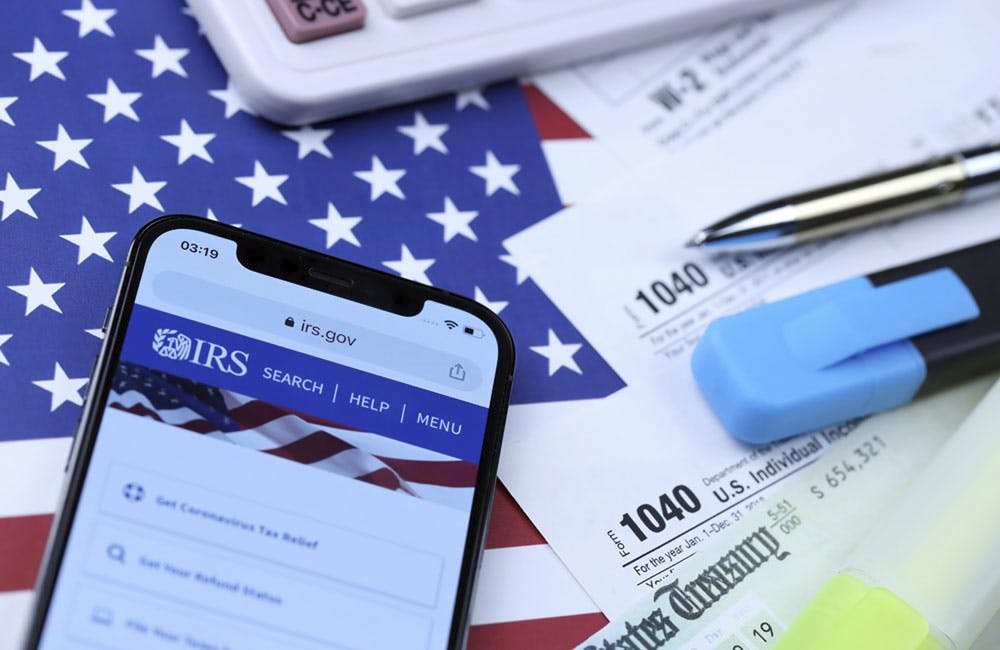FDA is Improving Interoperability to Enhance Patient Outcomes
A new initiative aims to build a “community of interoperability” to improve diagnostics and standards.

The Food and Drug Administration is launching new interoperability initiatives to increase access to health data and ultimately improve patient outcomes and quality of care.
“We’ve been thinking about digital health as an ecosystem that’s evolving, that’s not just thinking about patients, but people as they live in their normal lives,” Bakul Patel, director of FDA’s Digital Health Center of Excellence said during ONC’s Tech Forum. “This is an evolution that has been coming to us through a convergence of connectivity, data, computing power, with software connecting all of that. We want to make sure that we are taking healthcare to the next level.”
Interoperability plays a vital role in the future of health care. FDA has been working on a new initiative called Systemic Harmonization and Interoperability Enhancement for Laboratory Data, or SHEILD.
SHEILD was launched to address the absence of laboratory semantic interoperability. Patel cited discrepancies in in vitro diagnostic (IVD) tests, which have historically been reported as a significant impediment to continuity of patient care, research and overall public healthcare.
While it is largely digitized, IVD data is frequently described differently between institutions, and sometimes within an institution, which has caused ambiguity and limited research.
SHEILD aims to improve the quality, interoperability and portability of laboratory data within and between institutions so that diagnostic information can be pulled from different sources or shared between institutions to enhance clinical management and improve health outcomes.
“It’s really a public-private partnership that’s improving interoperability for labs… and with this, I think you can start seeing the harmonized implementation of semantics standards is becoming really important and really powerful,” Patel said.
Taking the concept of SHEILD, Patel explained that there’s now increased focus on the standards for IVDs. FDA is working to develop structured data sets as the agency moves toward interoperability. The agency has also been working with standards organizations to develop guidelines for medical devices that ultimately create an open standards-based environment, where connectivity and data is not only safe, but also secure.
FDA published guidance in 2017 to address how organizations can leverage interoperability standards, provide greater transparency into medical devices and the data used within those devices, as well as outline any limitations.
“There’s still more work to be done. There’s plenty of complexities, it’s not just the technical aspect. It’s the business aspect, the social aspect, as well as an economic aspect to some degree,” Patel said. “We need to focus on governance structures and management of ecosystems to support a community of interoperable systems. We also want to make sure we’re harmonizing in data fields, common data models, and of work on expanding utilization of common data standards supporting interoperability.”
Moving forward, Sandy Weininger, senior electrical and biomedical engineer at FDA, explained how the agency is building on the standards and efforts that were initiated by SHEILD. Focusing on multiple connected medical devices, Weininger explained that information is not only going out to electronic health records (EHR) or other medical devices, but information is also coming back into the device.
“What we would like to do is coordinate the activity of all these different sensors and actuators sitting around the patient,” Weininger said. “There are all kinds of estimates about how many injuries and deaths occur due to preventable medical errors, and many of these could perhaps be addressed if we had interoperable systems.”
Looking into the future, FDA is investigating how it can develop new methods to exchange information on an enterprise-to-enterprise level, similarly to how the Departments of Defense and Veterans Affairs have structured their EHR programs, to create a community of interoperability, Weininger explained.
“We are living in an extremely connected world. We are relying on data every day. Especially through this pandemic… if you’re looking at connected devices, interoperability is one of the most important aspects that we need to start working on, and work together to make sure those products, and their use, are reasonable in safety and effectiveness,” Patel said.
This is a carousel with manually rotating slides. Use Next and Previous buttons to navigate or jump to a slide with the slide dots
-

IRS Tax Filing Pilot Part of Digital-First Customer Experience Plan
Many taxpayers increasingly expect flexible, easy and self-directed digital interactions, agency leaders said.
5m read -

Federal Agencies Make the Case for Quantum
Amid development of emerging technologies like AI and machine learning, leaders see promise in quantum computing.
6m read -

NCI Program Unlocks Emerging Proteomic Data to Advance Precision Medicine
Researchers say sharing molecular cancer research data can expand cancer treatment and care.
32m listen -

Cyber Resilience and Recovery Amid Evolving Cyber Threats
Data durability is a key aspect of NIST’s cybersecurity framework for public and private organizations.
21m listen








